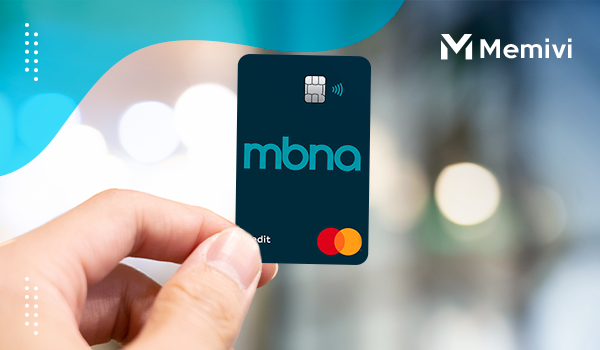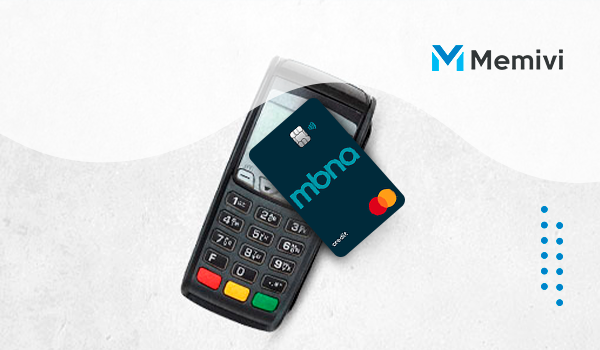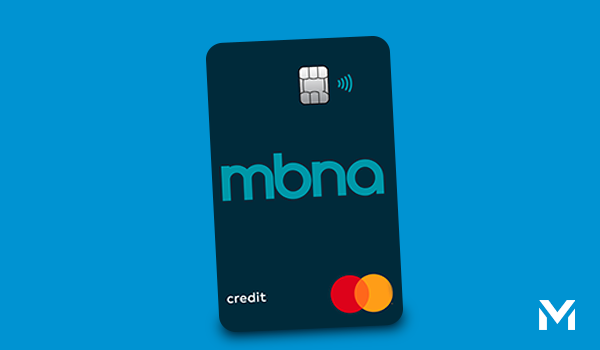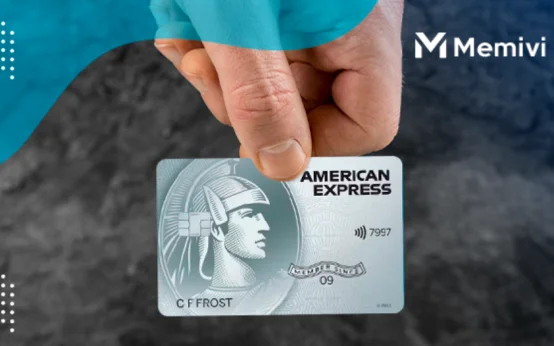
A Practical Guide to Making the Most of Your MBNA Balance Transfer Card
Once approved for the MBNA Balance Transfer Card, the next steps are crucial to maximise its financial benefits.
Here’s how to use the card effectively from day one:
- Initiate Your Balance Transfer Immediately:
You typically need to make your transfer within 60 days of account opening to qualify for the 0% interest period. The sooner you move your balance, the more you’ll save. - Avoid Using the Card for Purchases:
This card is purpose-built for transferring balances, not everyday spending. Any new purchases may be subject to a much higher APR (usually above 20%), which could undo your interest-free advantage. - Set Up a Monthly Repayment Plan:
Divide your transferred balance by the number of interest-free months (e.g., £1,800 ÷ 18 = £100/month). Set up a direct debit so you never miss a payment and avoid late fees or damage to your credit score. - Monitor the End of the Promotional Period:
Be aware of when your 0% rate ends. If any balance remains at that point, a standard interest rate will apply (often 21.9% or higher). Plan to clear your debt before that happens. - Avoid Additional Transfers Unless Absolutely Necessary:
Each new balance transfer typically triggers another fee. Stick to your original transfer plan unless you’ve budgeted for the cost.
Frequently Asked Questions (FAQ)
1. Will I be accepted if I have a fair credit score?
Possibly. MBNA offers an eligibility checker with no impact on your credit file, so you can find out before applying.
2. Can I transfer balances from any credit card?
You can transfer balances from most UK-issued credit cards, except other MBNA or Lloyds Banking Group products.
3. What happens if I miss a payment?
Missing a payment can void your promotional interest rate, leading to immediate standard APR charges. It may also impact your credit rating.
4. Is the transfer fee a one-time charge?
Yes. For each balance you transfer, you’ll pay a single fee based on the transfer amount, currently at 2.99%.
5. Can I use the card abroad?
Yes, but foreign transactions are subject to fees. This card is not ideal for travel use—consider a travel-specific credit card instead.
6. Does MBNA offer any alerts or budgeting tools?
Yes. Their app and online banking portal offer spending insights, alerts, and payment reminders.
7. Can I repay early or pay more than the minimum?
Absolutely—and it’s encouraged. Early repayment reduces your debt faster, and you can always overpay without penalties.
8. What if I want to transfer more than one balance?
That’s allowed, but each transfer incurs its own fee. Ensure the combined total doesn’t exceed your credit limit.
9. Will this card improve my credit score?
If used responsibly, yes. Paying on time and reducing your credit utilisation both contribute positively.
10. Can I keep using this card after the balance is paid off?
Yes, but keep in mind it’s best suited for transfers. Consider switching to a purchase or rewards card for ongoing use.
Hidden Strategies and Optimisation Hacks

Most users just transfer a balance and set autopay—but there’s more you can do:
- Double Up with a Purchase Card:
While your balance sits interest-free on the MBNA card, use a separate card for purchases that earns rewards or cashback. Just make sure you can pay it in full each month. - Track Your Interest-Free Window Closely:
Set calendar reminders 30, 60, and 90 days before the 0% period ends. This gives you time to either clear the balance or explore other balance transfer options if needed. - Keep Your Credit Utilisation Under 30%:
Don’t max out your limit. Keeping your balance below 30% of the total available credit helps your credit score and shows lenders you’re not overleveraged. - Time Your Transfers Wisely:
If you anticipate a large purchase or sudden debt (e.g., car repairs), wait until it posts on a different card—then transfer it strategically to the MBNA card. - Use the App’s Insights:
The MBNA app shows you interest projections, payment history and spending patterns, which can help you stay on track.
Maximising Value Over the Long Term
Although this card is built for short-term debt relief, the right approach can lead to long-term financial wins:
- Avoid paying interest entirely by sticking to your repayment plan.
- Improve your credit profile over time through consistent payments.
- Boost your financial confidence by demonstrating control over debt.
The real power of this card is how it fits into a broader debt reduction strategy. Paired with budgeting tools or a side income stream, many users pay off thousands in debt without extra interest.
Alternatives and Complementary Solutions
If the MBNA Balance Transfer Card isn’t the perfect match, a few alternatives might suit your goals better:
- Barclaycard Platinum offers a longer 0% balance transfer period—up to 21 months—ideal if you need extra time to repay.
- Santander Everyday Card features a lower transfer fee of just 2.75%, making it a good choice for minimising initial costs.
- Virgin Money Balance Transfer Card includes both 0% on transfers and purchases, which can be helpful if you want some spending flexibility too.
If your focus is credit building rather than balance transfers, consider options like Aqua or Vanquis, which are designed for those with limited or poor credit histories.
Final Recommendation: Is MBNA Balance Transfer Card Right for You?
If your top priority is cutting interest and regaining financial stability, the MBNA Balance Transfer Card is a powerful tool. Its long promotional period, competitive fee, and zero annual cost make it a no-nonsense option for debt control.
However, it does come with a trade-off: you won’t earn rewards, cashback or perks, and it’s not ideal for new purchases or international use.
Use it for what it’s best at—clearing debt—and it will more than pay off. For those who are strategic, this card can mark the beginning of a debt-free chapter.



 Mastering the Santander Everyday Credit Card: How to Maximise the 0% Transfer Period and Avoid Pitfalls <p class='sec-title' style='line-height: normal; font-weight: normal;font-size: 16px !important; text-align: left;margin-top: 8px;margin-bottom: 0px !important;'> This card can be a powerful financial tool — if used strategically and with a clear repayment plan. </p>
Mastering the Santander Everyday Credit Card: How to Maximise the 0% Transfer Period and Avoid Pitfalls <p class='sec-title' style='line-height: normal; font-weight: normal;font-size: 16px !important; text-align: left;margin-top: 8px;margin-bottom: 0px !important;'> This card can be a powerful financial tool — if used strategically and with a clear repayment plan. </p>  How to Use the HSBC Purchase Plus Credit Card for Maximum Value <p class='sec-title' style='line-height: normal; font-weight: normal;font-size: 16px !important; text-align: left;margin-top: 8px;margin-bottom: 0px !important;'> A detailed guide to using this 0% interest card efficiently and avoiding hidden costs </p>
How to Use the HSBC Purchase Plus Credit Card for Maximum Value <p class='sec-title' style='line-height: normal; font-weight: normal;font-size: 16px !important; text-align: left;margin-top: 8px;margin-bottom: 0px !important;'> A detailed guide to using this 0% interest card efficiently and avoiding hidden costs </p>  The Smart User’s Guide to Maximising Cashback with the Amex Everyday Card <p class='sec-title' style='line-height: normal; font-weight: normal;font-size: 16px !important; text-align: left;margin-top: 8px;margin-bottom: 0px !important;'> This page explains how to optimise the American Express cashback structure using real-world strategies and UK-specific advantages. </p>
The Smart User’s Guide to Maximising Cashback with the Amex Everyday Card <p class='sec-title' style='line-height: normal; font-weight: normal;font-size: 16px !important; text-align: left;margin-top: 8px;margin-bottom: 0px !important;'> This page explains how to optimise the American Express cashback structure using real-world strategies and UK-specific advantages. </p>